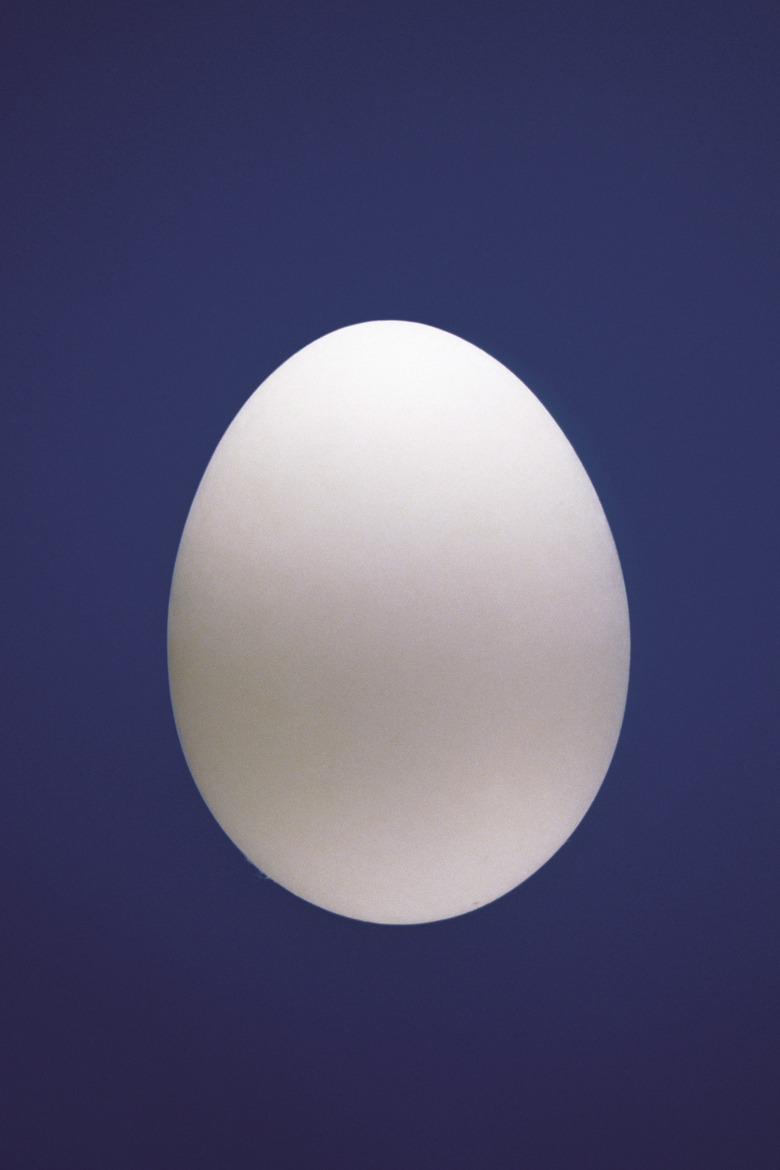Density Experiments For Elementary
Density refers to the amount of mass contained in objects; though two objects may be the same size, if one has more mass than the other, it will have greater density. Explaining this concept to elementary students may be difficult, but presenting them with hands-on experiments that allow them to see density can promote an understanding of this scientific property in a way they can relate to.
Float or Sink
Float or Sink
Show students how density affects objects' ability to float on water. Fill a bucket with water and provide students with a variety of objects that are the same sizes; packing peanuts, balls of paper, paperclips, coins and pebbles, for example. Ask children to predict whether the objects will float or sink in the water and then invite students to place the objects on the surface of the water to test their predictions. After observing which items float and which sink, provide an explanation of density.
Egg Density
Egg Density
Use raw eggs and water to teach children about density. Fill two containers with water, one with plain water and one with salt water. Ask students to predict whether raw eggs will float or sink in the water. Place the eggs on the surface of the water and observe what happens. The egg in the plain water will sink to the bottom, while the egg in the salt water will float. Explain to students that salt water is denser than plain water, enabling the egg to float.
Water and Oil
Water and Oil
Show students how oil and water don't mix to teach them about density. Fill two clear containers with water and oil and ask students if they think the liquids will mix together when they are combined. After students have made their predictions, pour the oil into a clear, empty container and then pour the water into the same container. As the water is added to the oil, the oil will move to the top of the container and the water will move to the bottom. Inform children that oil is less dense than water, which makes it float on top of the water.
Floating Tower
Floating Tower
Create a tower of different liquids and float different objects within the liquids to demonstrate density. Fill a clear container with oil, honey and water and allow them to settle. Observe how the liquids settle and inform students that the most dense liquid settles on the bottom and the least dense liquid settles on the top. Ask children what they think will happen when a coin, a cork and a grape are dropped into the liquid tower. Place the items into the container and observe as each one floats in a different liquid. Explain that each item has a different density, making them float in different materials.
References
Cite This Article
MLA
Mae, Lily. "Density Experiments For Elementary" sciencing.com, https://www.sciencing.com/density-experiments-elementary-8771499/. 24 April 2017.
APA
Mae, Lily. (2017, April 24). Density Experiments For Elementary. sciencing.com. Retrieved from https://www.sciencing.com/density-experiments-elementary-8771499/
Chicago
Mae, Lily. Density Experiments For Elementary last modified March 24, 2022. https://www.sciencing.com/density-experiments-elementary-8771499/
